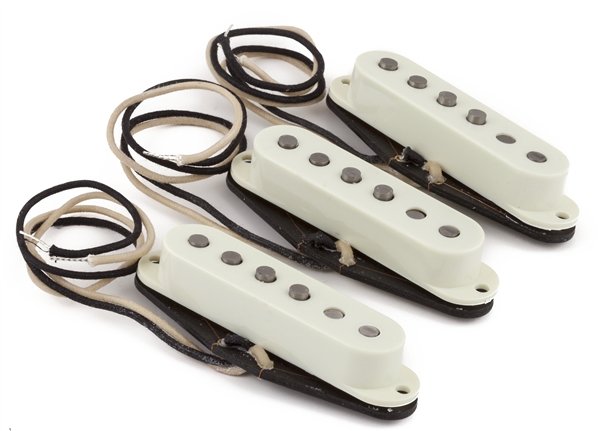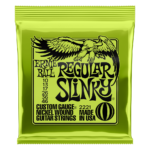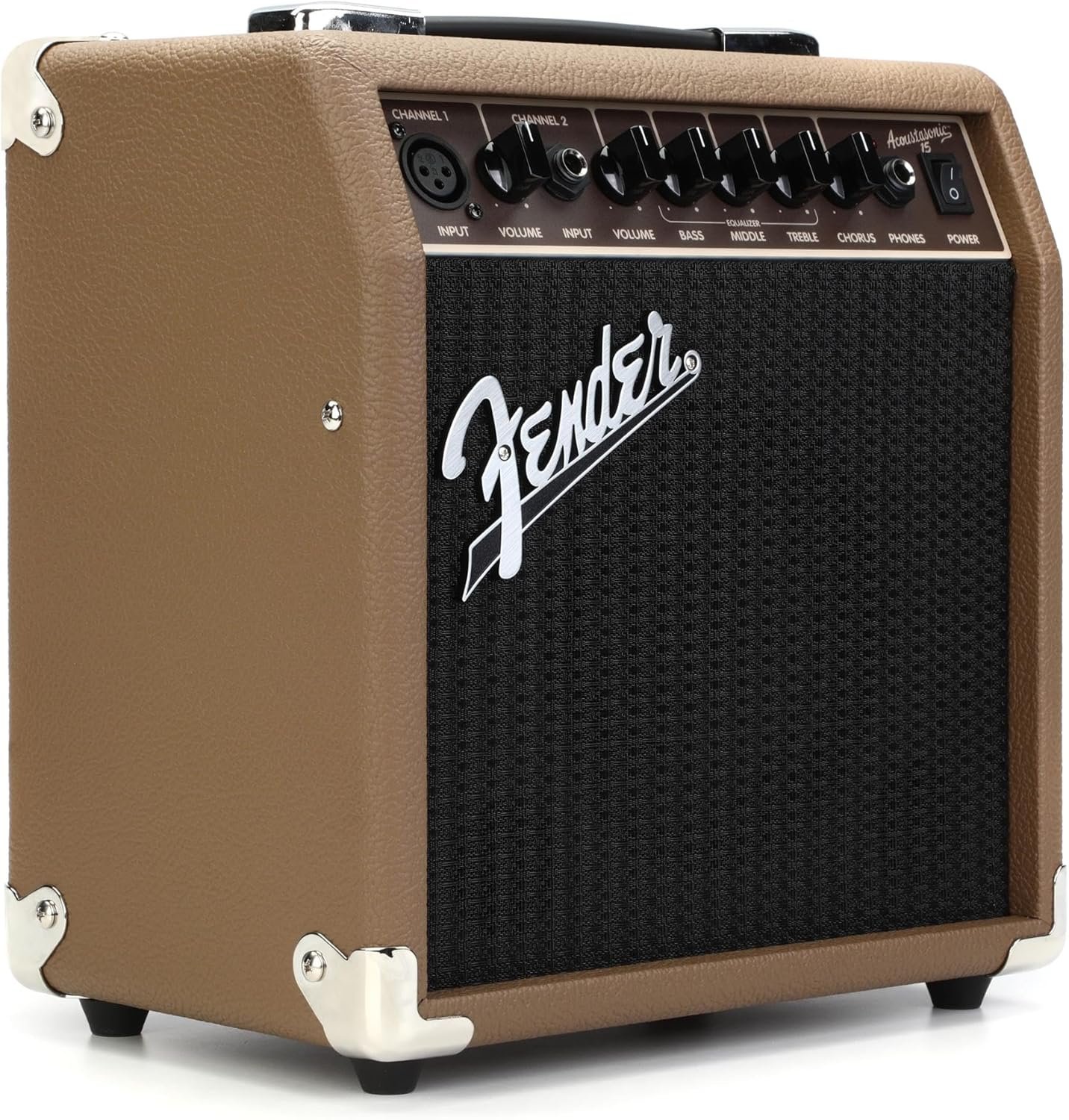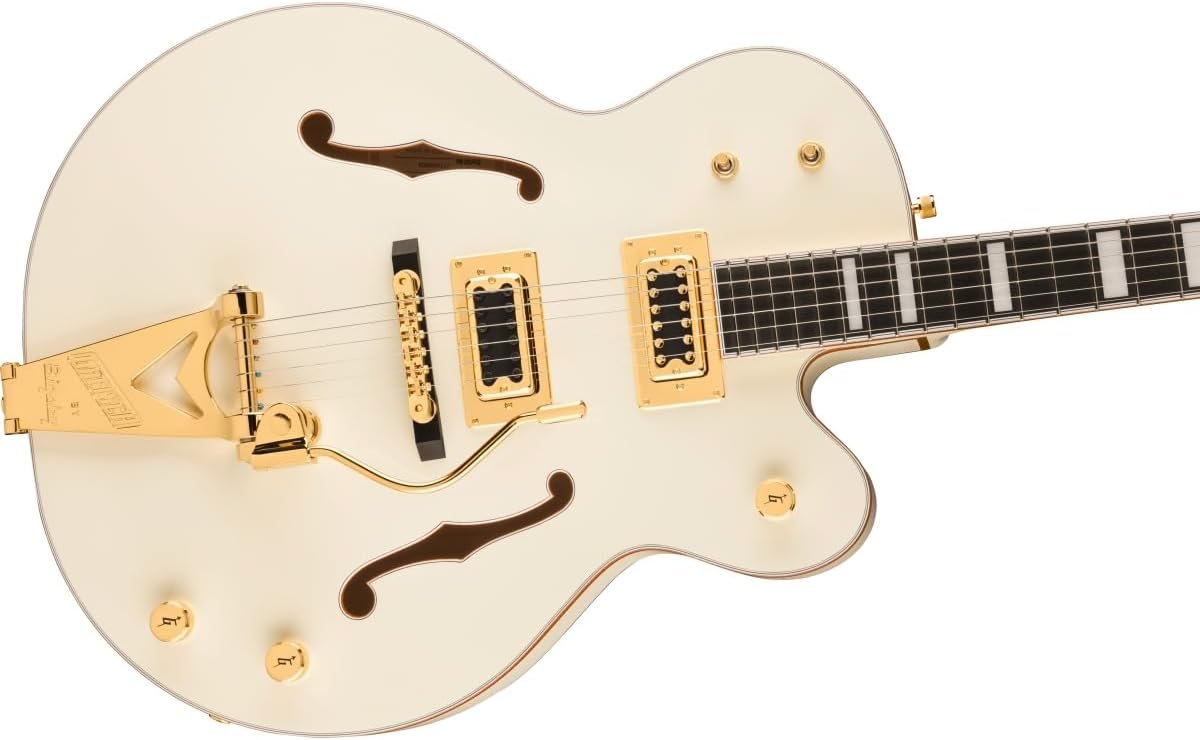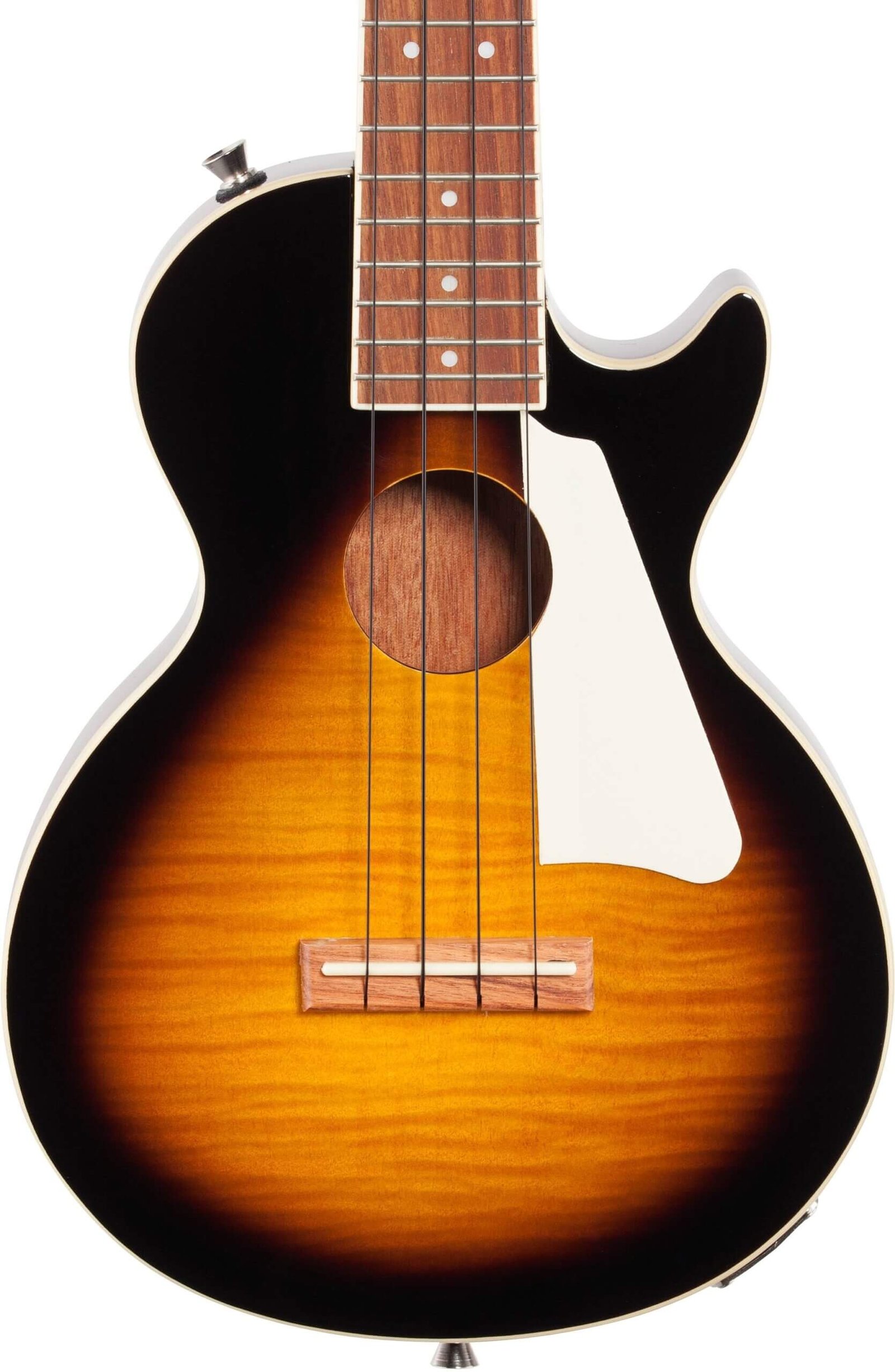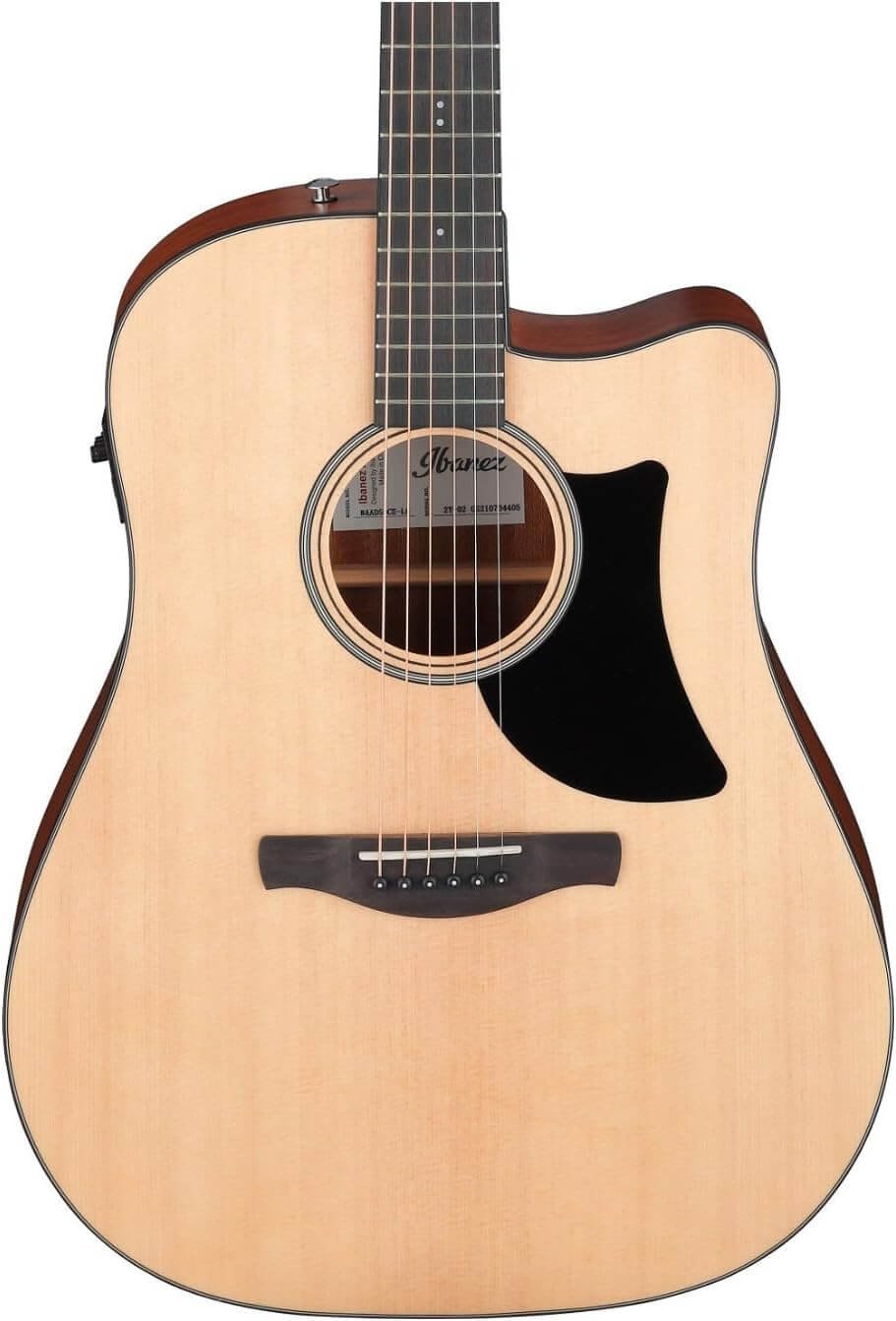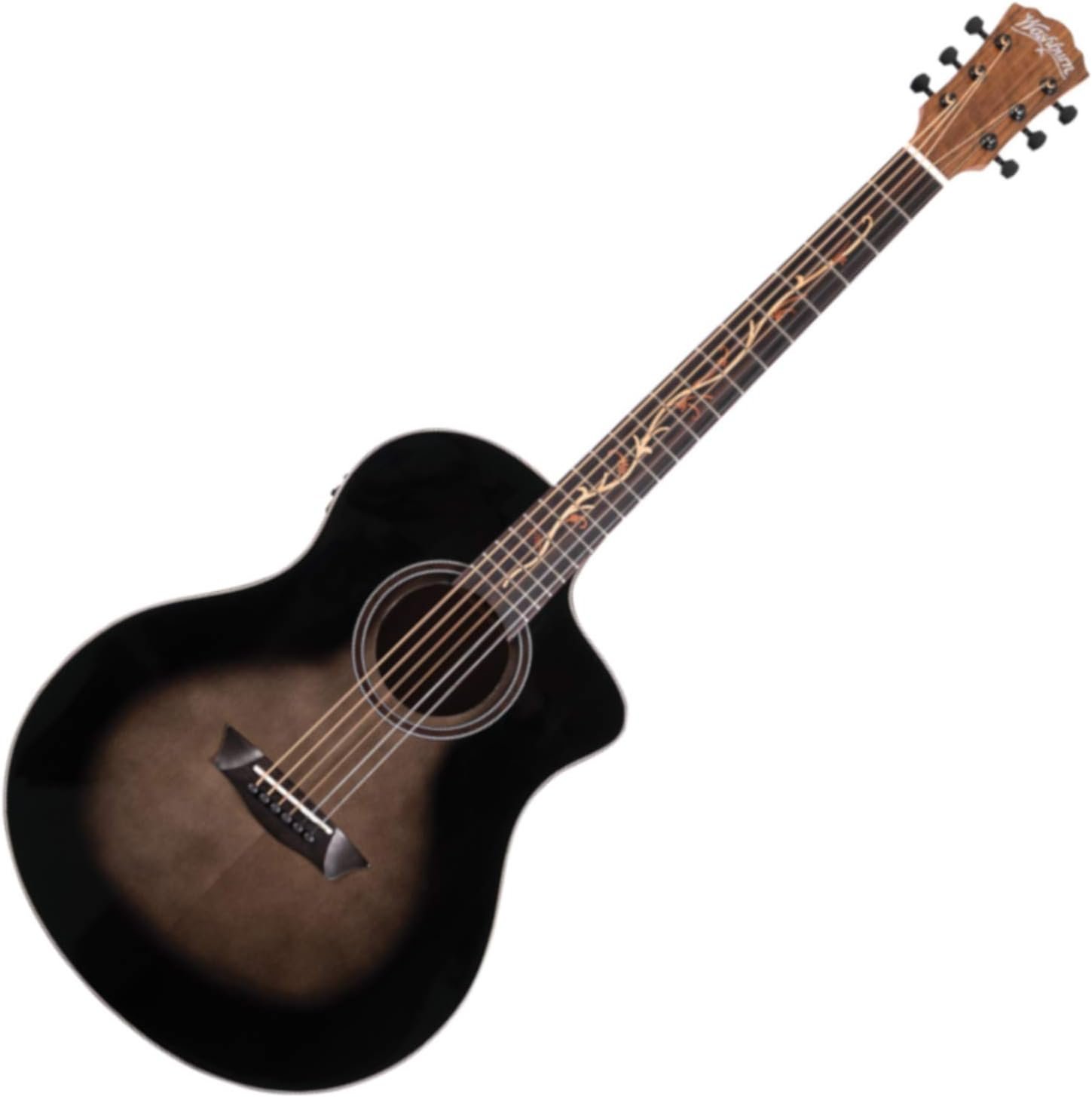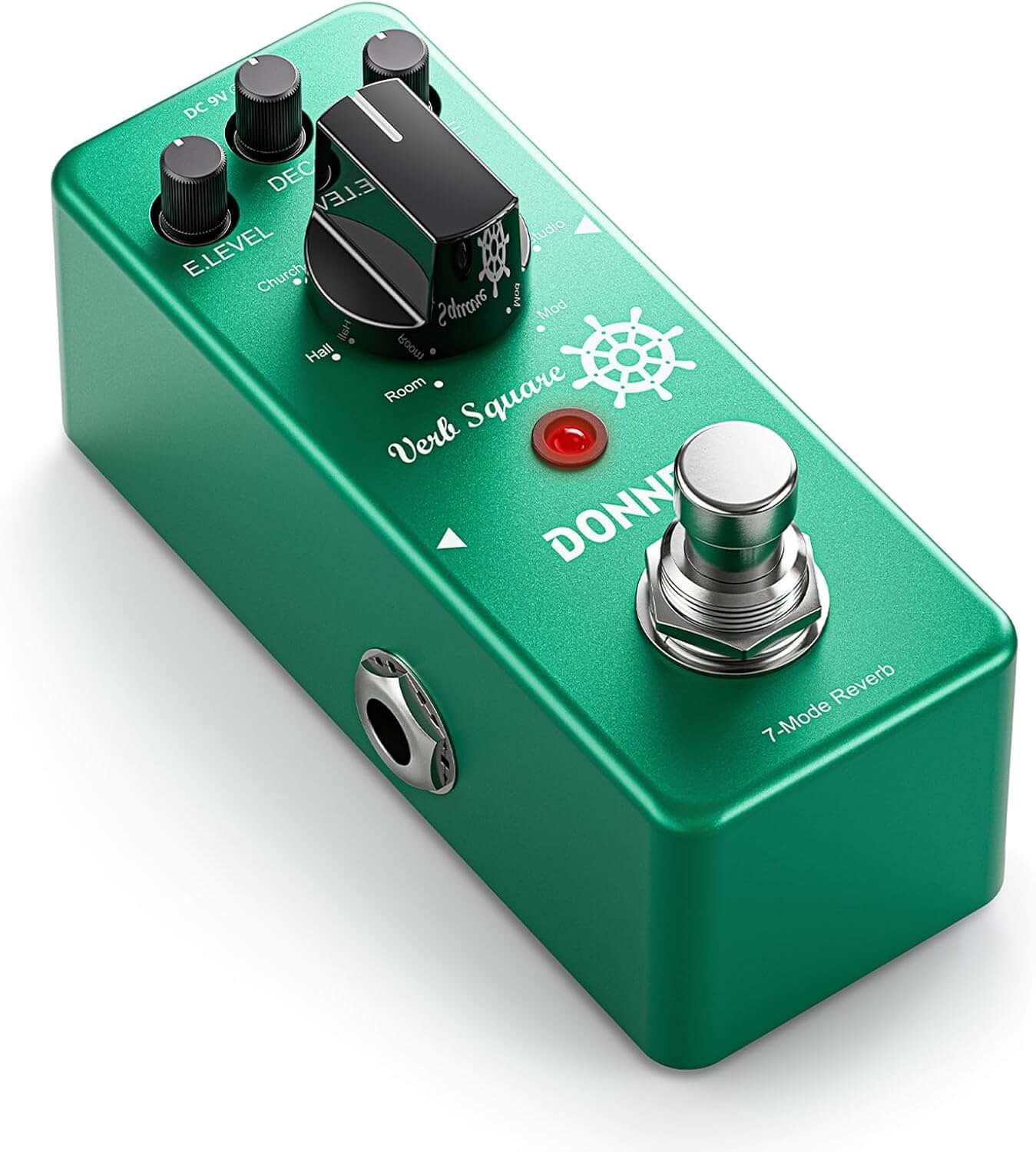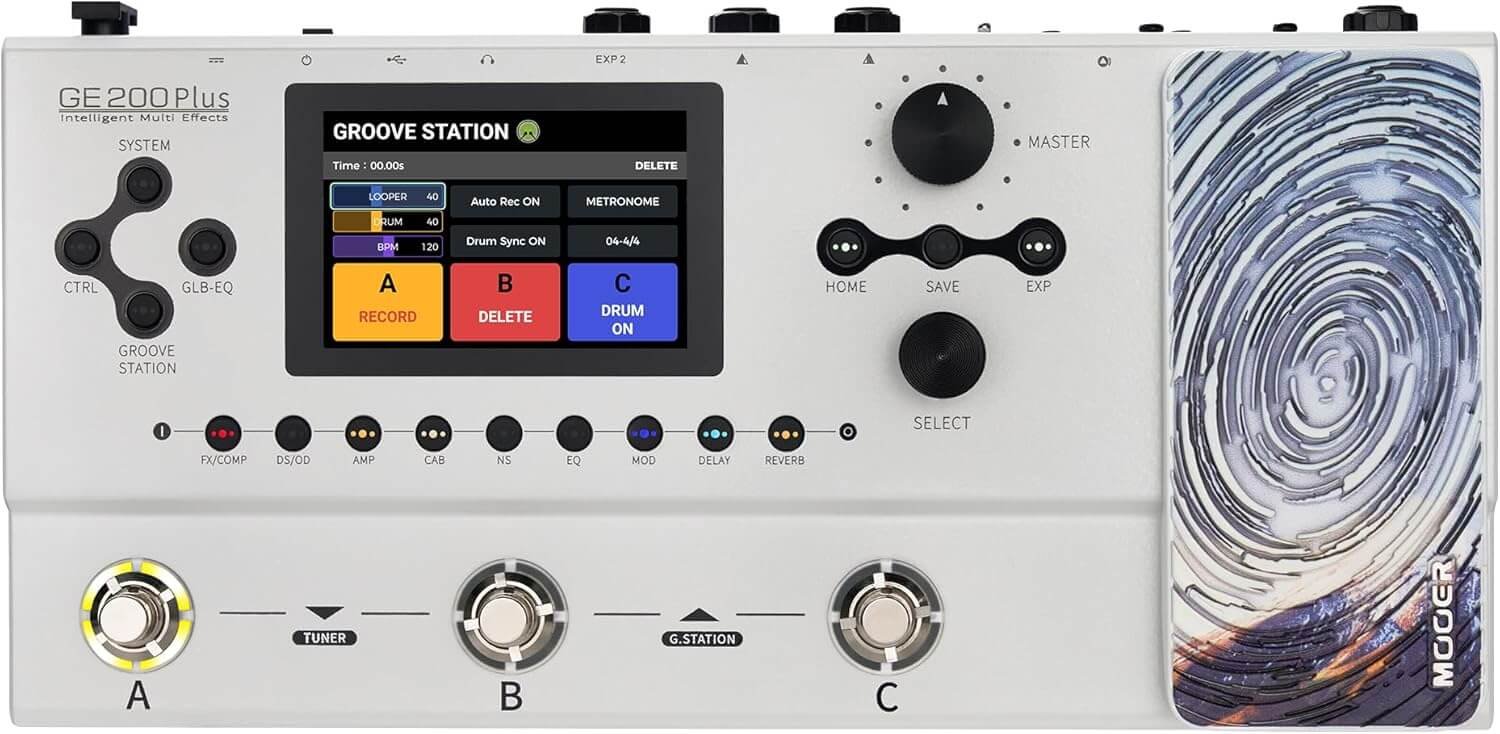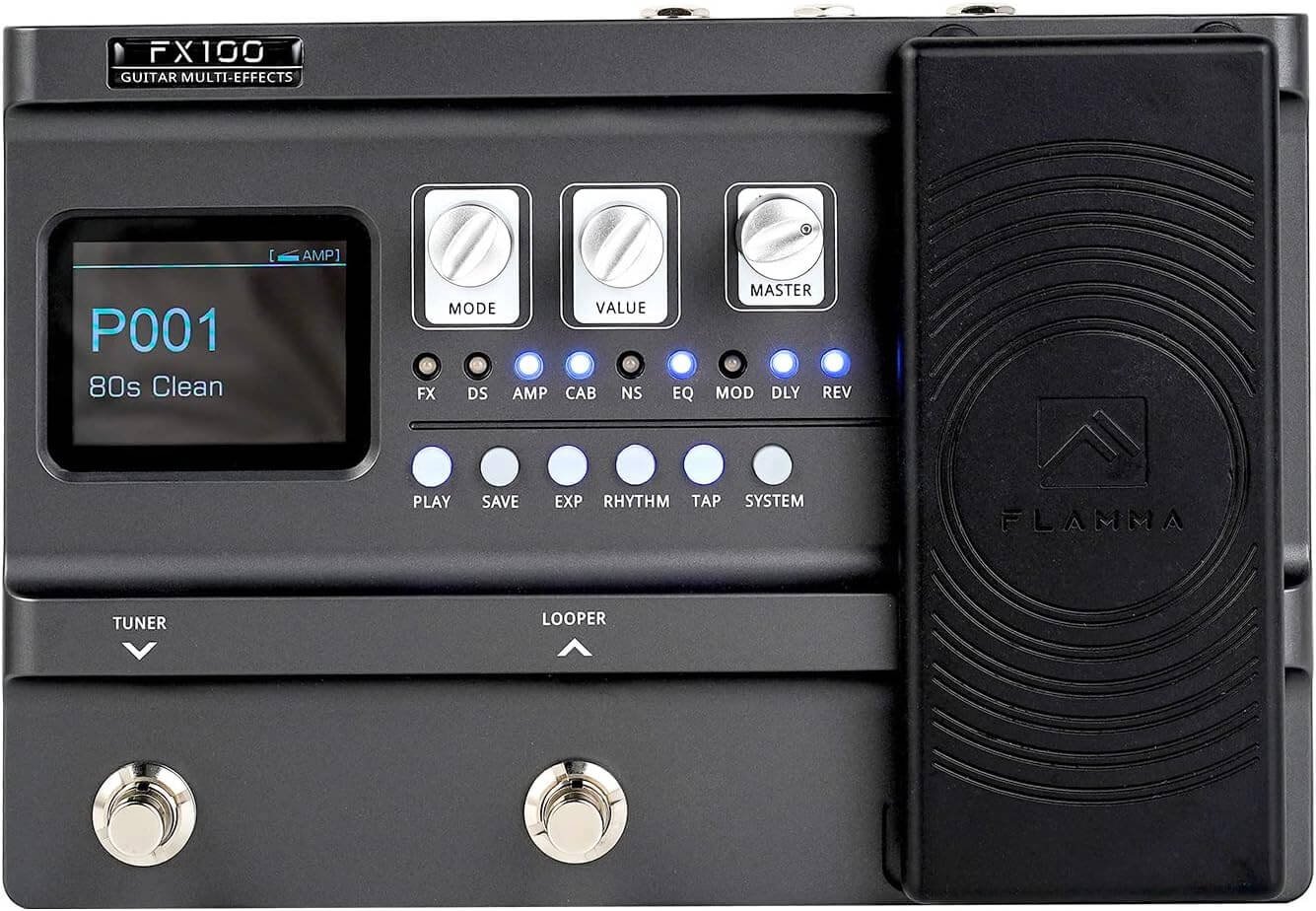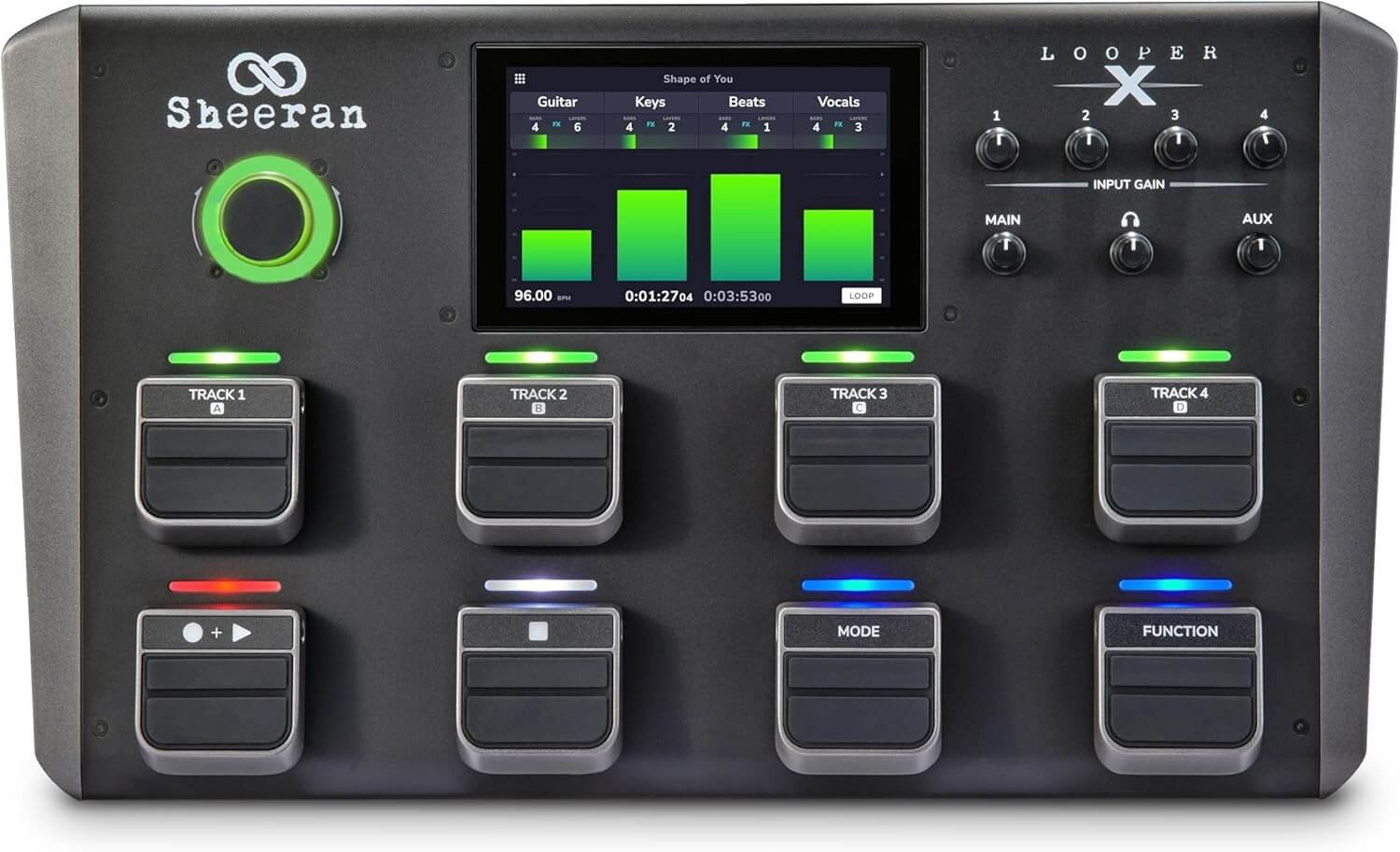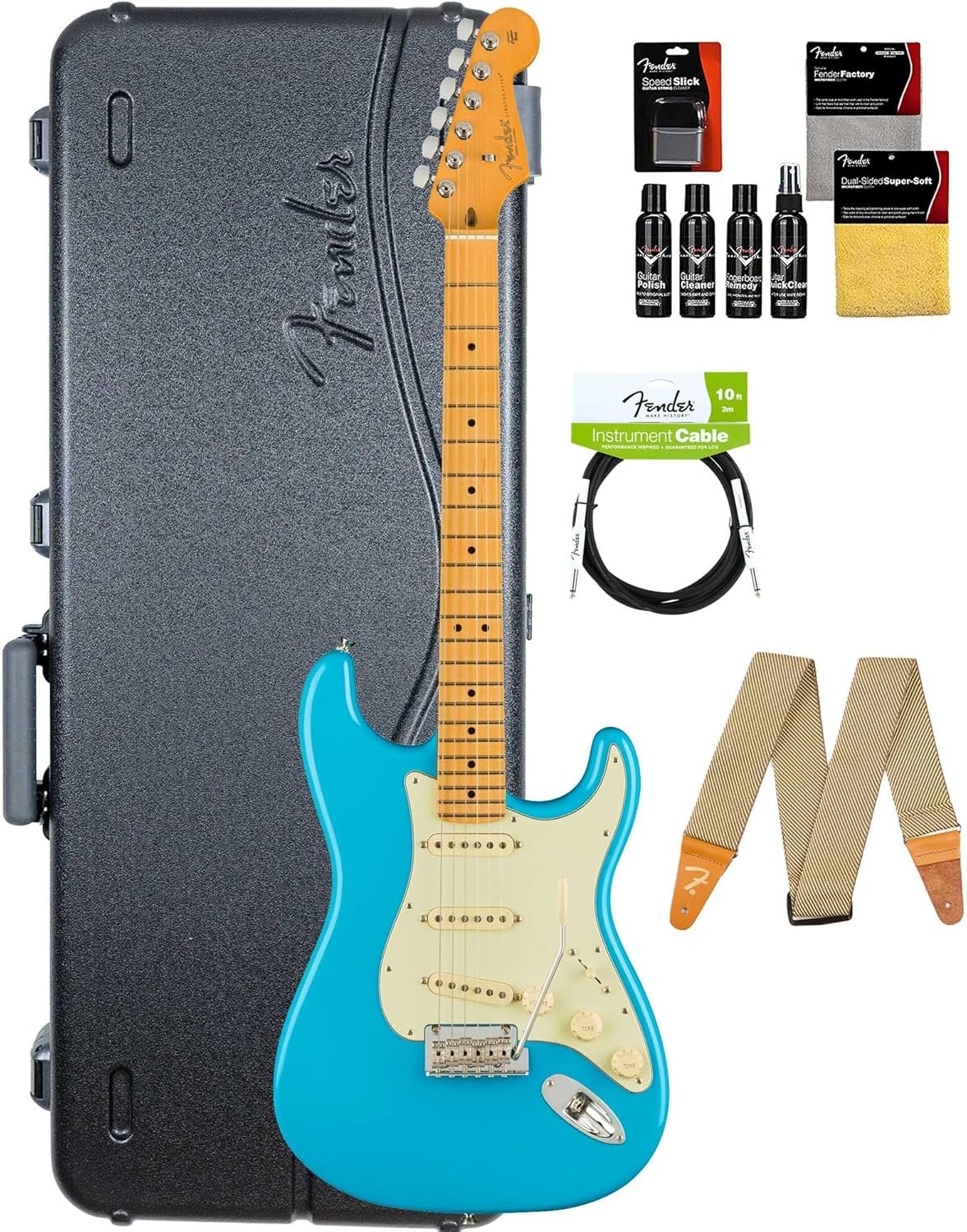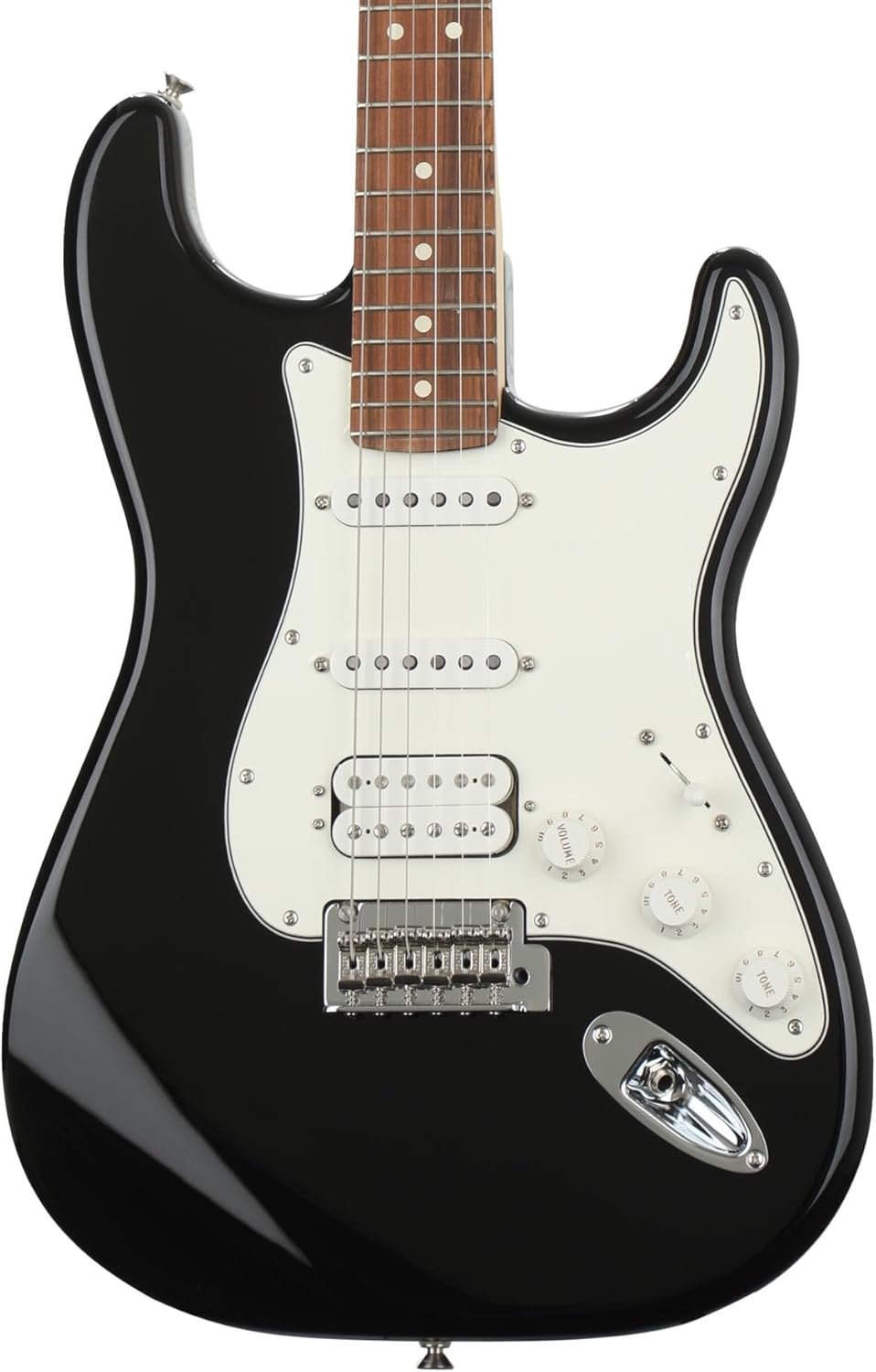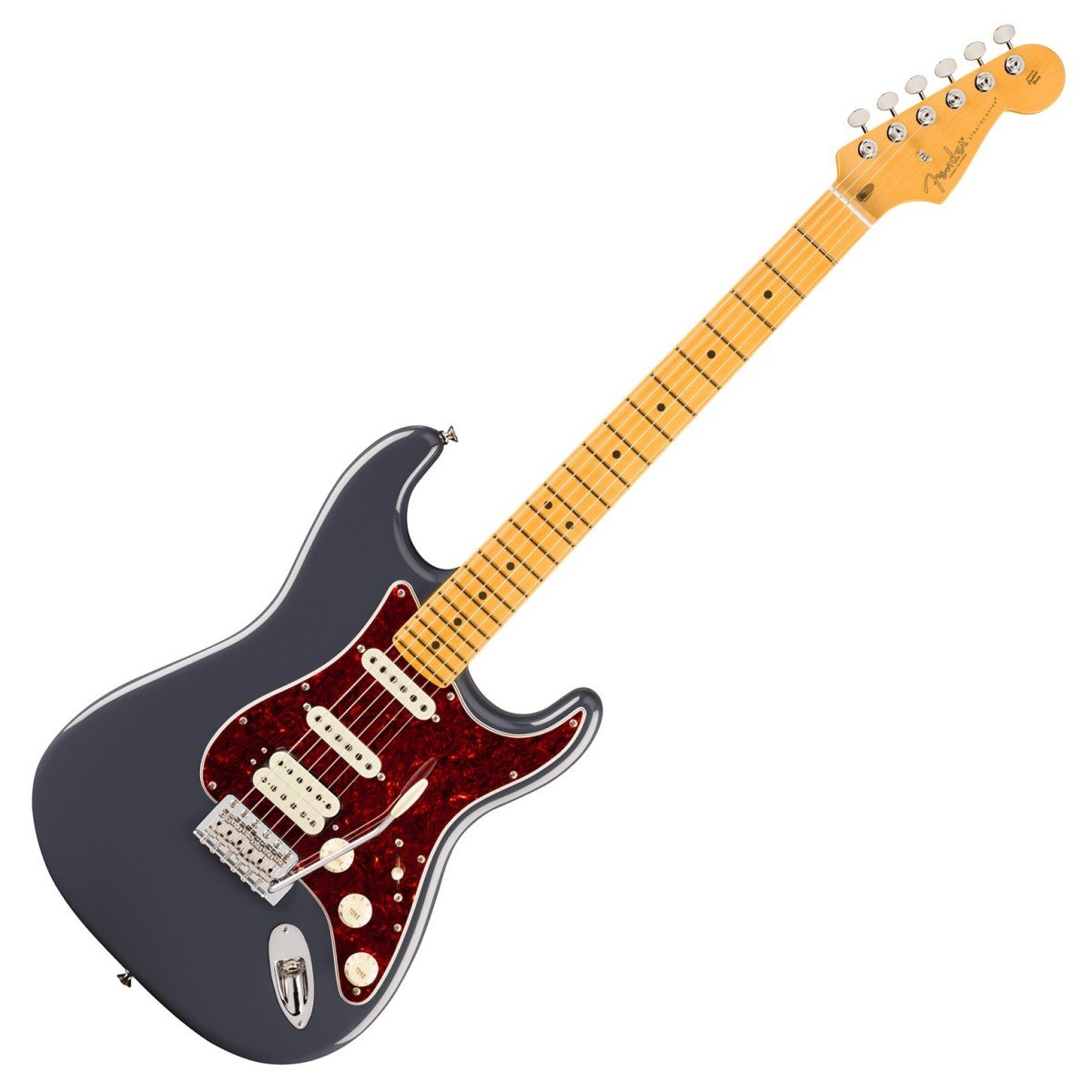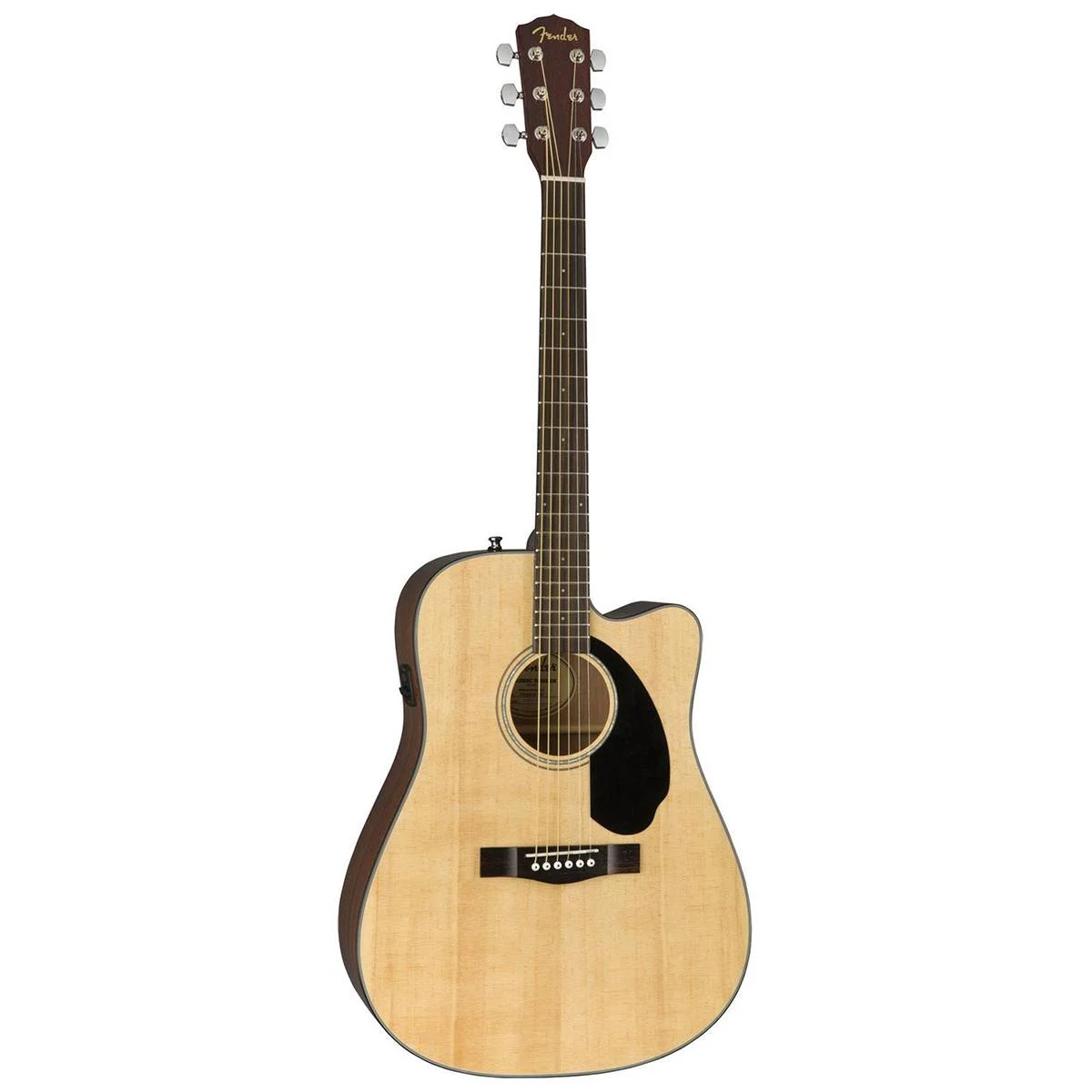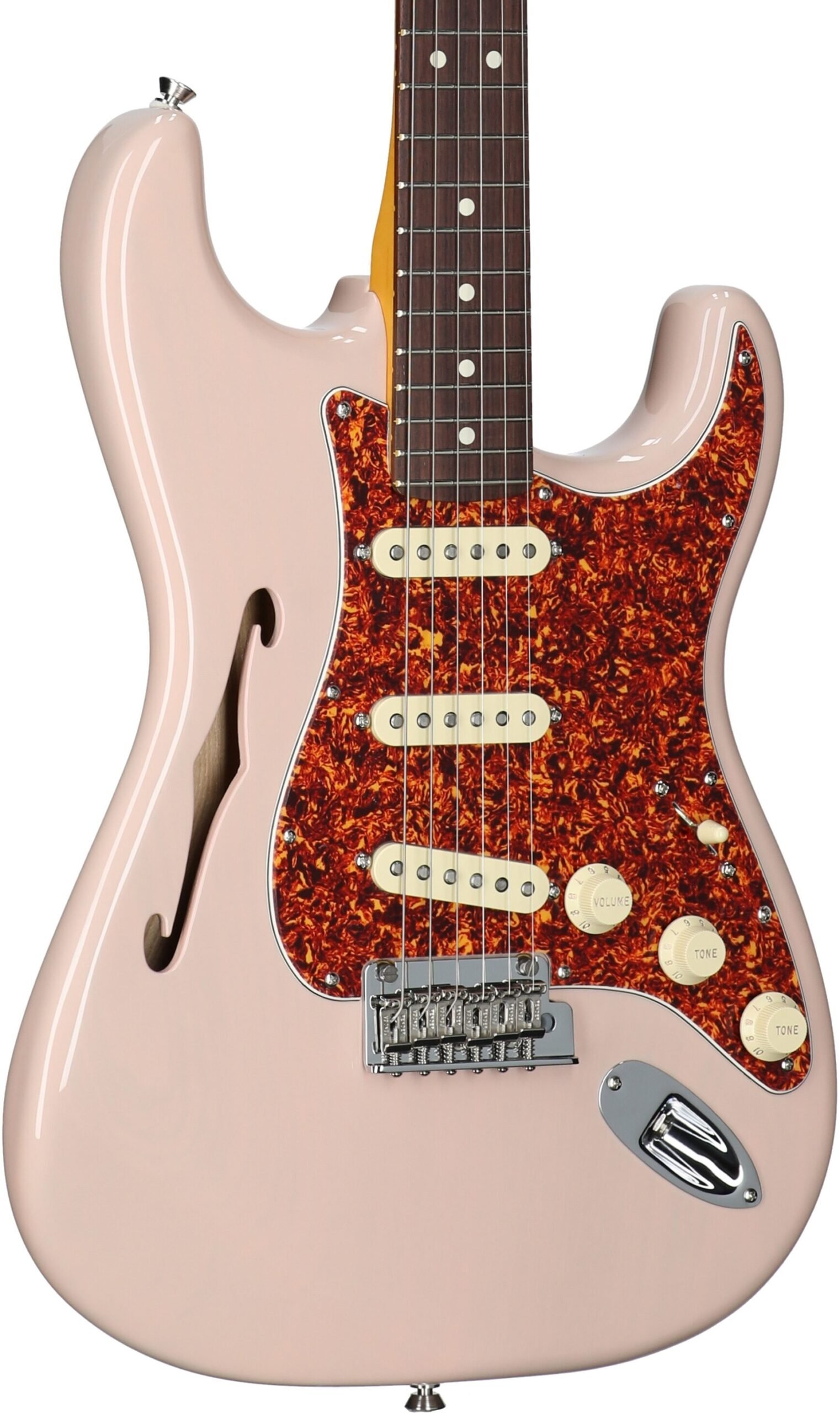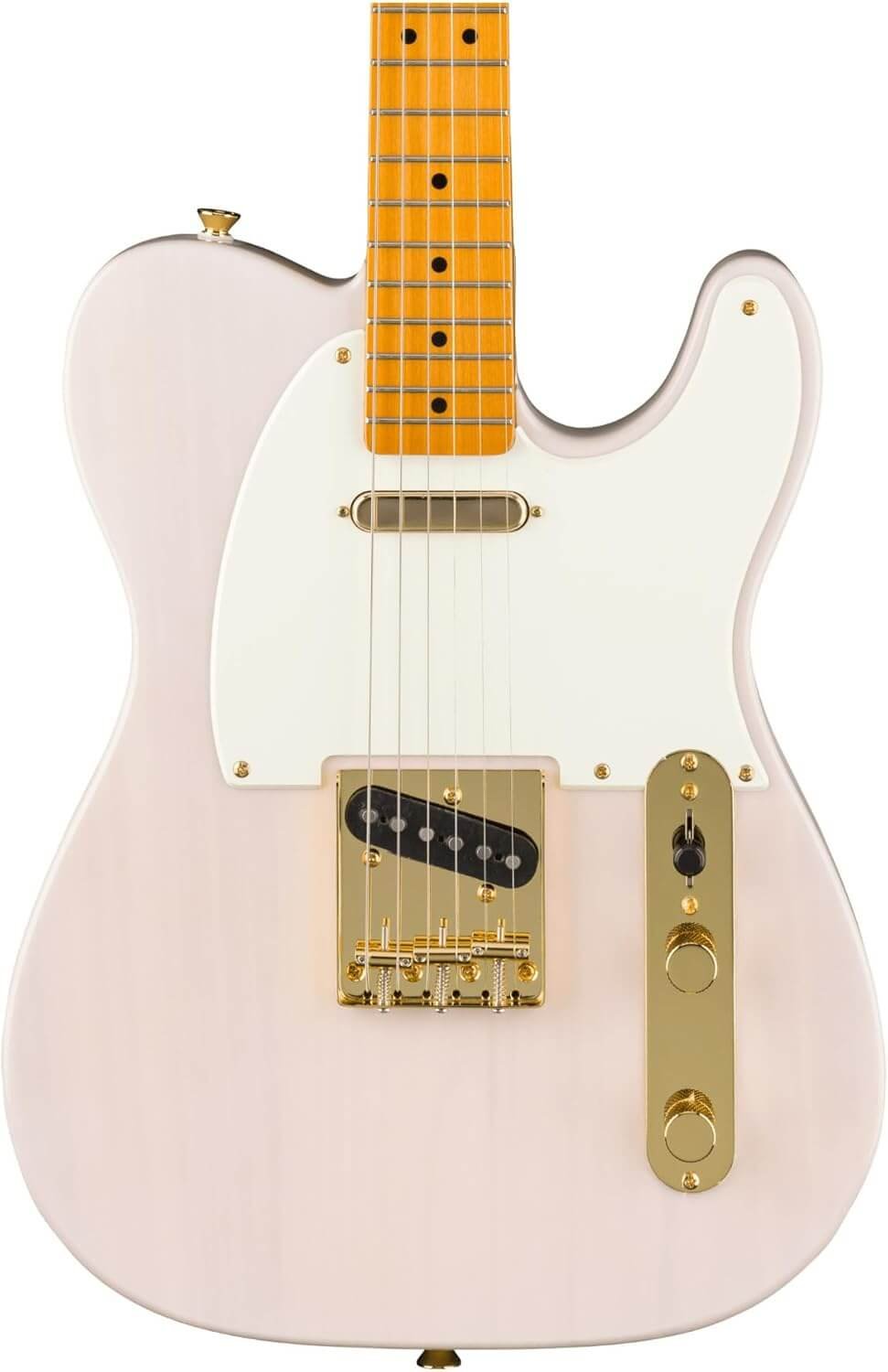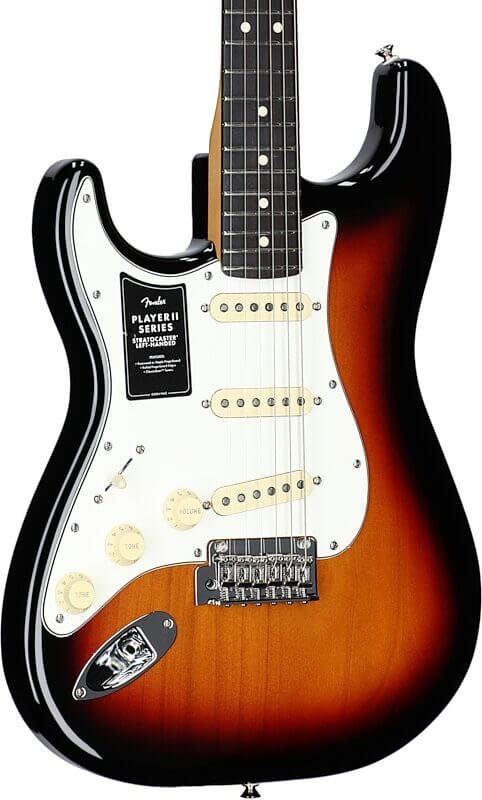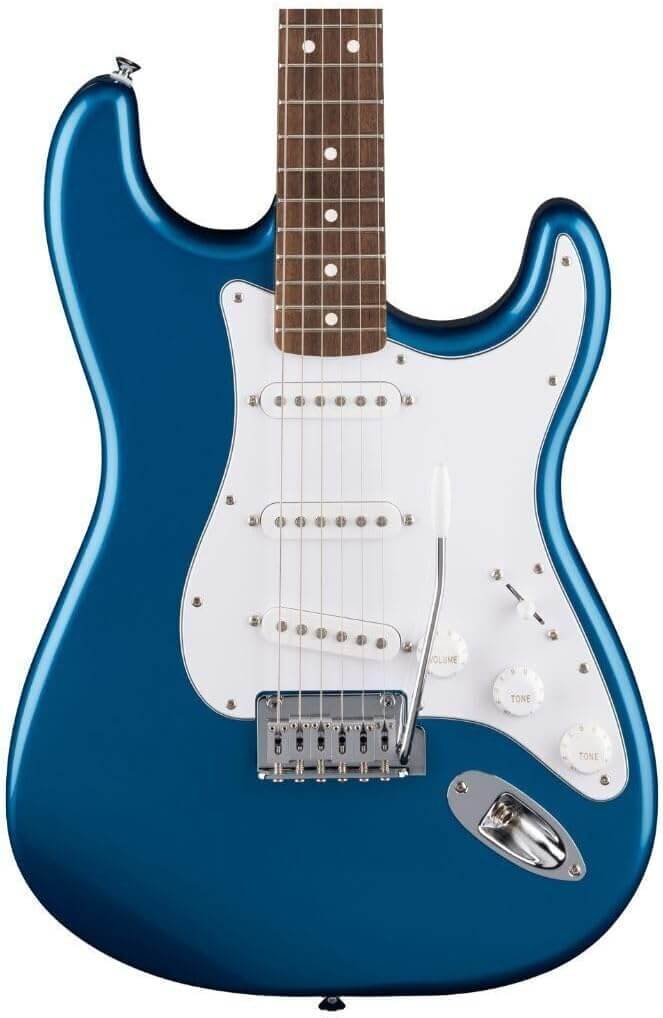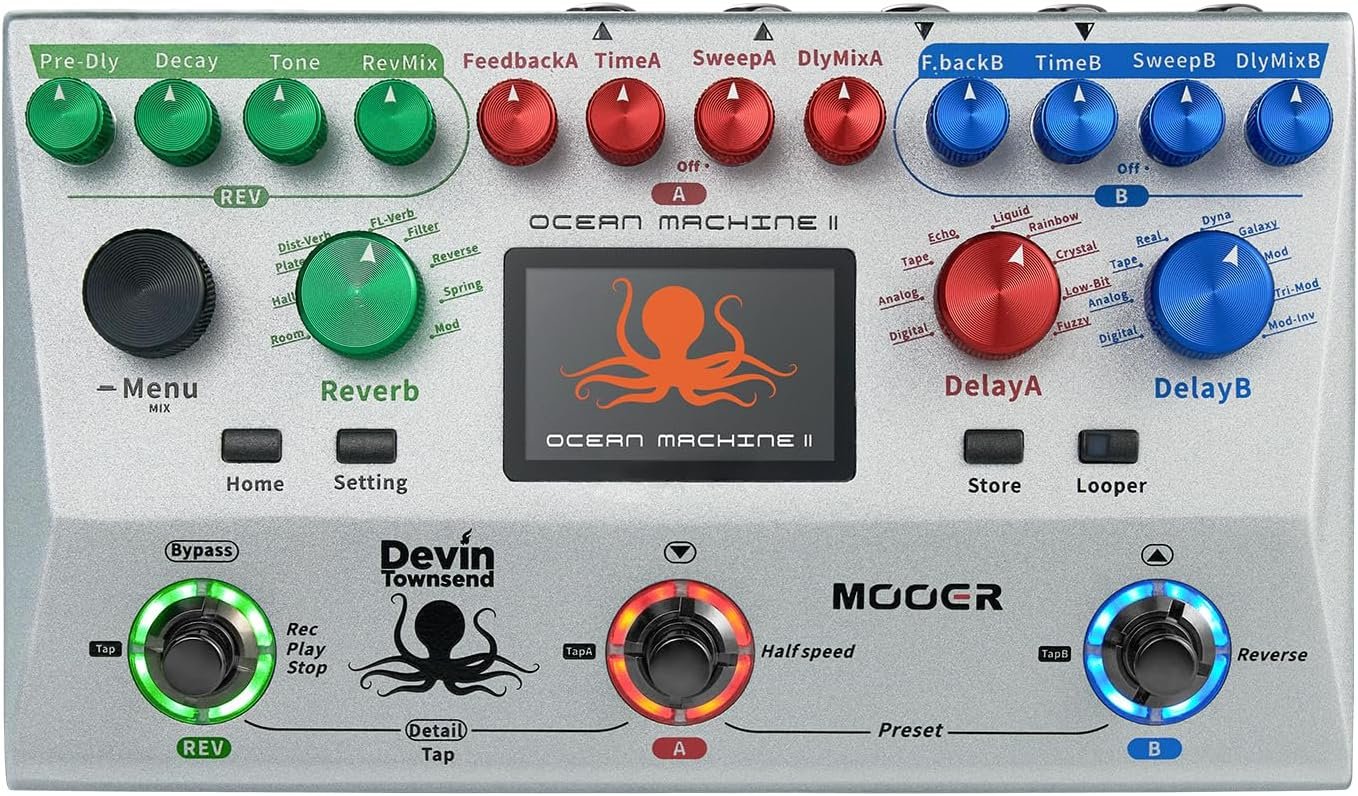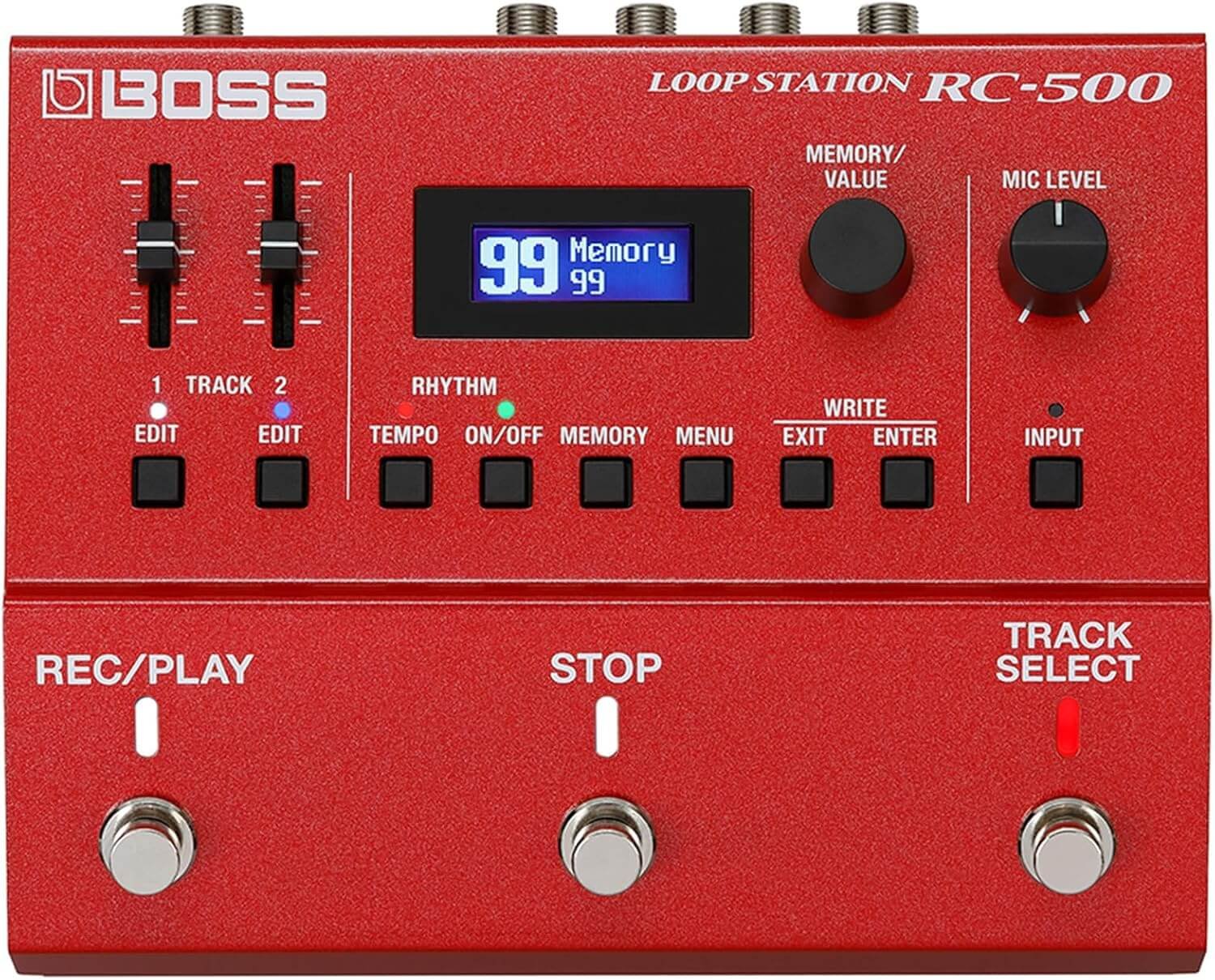Introduction to 50s Sound
The 1950s marked a pivotal moment in the evolution of electric guitar music, giving rise to a distinctive sound characterized by warmth, clarity, and rich tonal qualities. This decade is often celebrated for its seminal contributions to various music genres, notably rock and roll, blues, and jazz. Artists such as Chuck Berry, Buddy Holly, and B.B. King harnessed this sound to create timeless classics that continue to influence musicians today. The electric guitar became emblematic of this era, with innovations in design and technology that transformed its role in popular music.
At the heart of the ’50s sound is the use of single-coil pickups, which are renowned for their bright and cutting tone. These pickups allow for the articulation of notes that can penetrate through a mix, making them ideal for rhythm and lead work. The interplay of these pickups with tube amplifiers further enhances the musical experience, adding a harmonic richness that is hard to duplicate with modern equipment. Many musicians seek to emulate this vintage tone because it embodies a certain authenticity and emotional depth that resonates with audiences.
The ’50s sound is not merely a set of tonal characteristics; it also encapsulates a cultural moment that influenced society and the arts. Musicians during this time were experimenting with new styles, merging jazz with popular music, and establishing a foundation for many subsequent genres. As a result, understanding the significance and the elements that comprise this unique tonality is essential for any guitarist looking to recreate those iconic sounds. Whether it’s the emphasis on nuanced picking techniques or the meticulous choice of guitar pickups, diving into the ’50s sound can unlock a rich musical legacy that remains relevant to this day.
Understanding Electric Guitar Pickups
Electric guitar pickups play a pivotal role in shaping the tone and character of an electric guitar. At their core, pickups convert the vibrations of the strings into electrical signals, which are then amplified to produce sound. This conversion process is facilitated by magnets and coils of wire, which create fluctuating electromagnetic fields that correspond to the string vibrations. Understanding the mechanics behind these pickups is crucial for guitarists seeking to achieve that coveted 50s sound, as the choice of pickup can significantly influence the tonal outcome.
There are primarily two types of electric guitar pickups: single-coil and humbucker. Single-coil pickups consist of one coil of wire wrapped around a magnet. This design provides a bright, clear tone characterized by a sharp attack and a pronounced high end. This tonal quality was integral to many classic rock and roll tracks from the 1950s, making single-coils a popular choice among musicians who were looking to replicate that era’s sound. However, single-coil pickups are also susceptible to electromagnetic interference, which can cause unwanted noise and hum.
In contrast, humbucker pickups contain two coils wired together in such a way that they cancel out electromagnetic interference, resulting in a fuller, warmer tone with a smoother character. This type of pickup was developed to counteract the noise issues prevalent with single-coils and, as a result, has gained a reputation for delivering a more powerful and robust sound. Many guitarists prefer humbuckers for their versatility, especially when seeking to explore a variety of musical genres while still being able to tap into the lush tones reminiscent of the 50s.
In the pursuit of recreating vintage sounds, it’s essential for players to weigh the strengths and weaknesses of both single-coil and humbucker pickups. Ultimately, the selection will depend on personal preference and the specific tonal qualities desired. Understanding these fundamental differences provides a strong foundation for any guitarist’s journey into classic electric guitar tones.
Top Pickup Brands for 50s Sound
When it comes to achieving the quintessential 50s sound, the choice of electric guitar pickups plays a crucial role. Several brands stand out in delivering high-quality pickups renowned for replicating the tones of that era. Each of these brands boasts a rich history, a solid reputation, and significant contributions to the evolution of electric guitar tone.
First among these esteemed brands is Fender, a name synonymous with the electric guitar itself. Founded in the early 1940s, Fender has been a pioneering force in the music industry, particularly with its Stratocaster and Telecaster models. The pickups designed for these guitars, such as the Fender Stratocaster single-coils, are integral to the brighter and clearer tones characteristic of the 50s, allowing players to capture that unmistakable vintage sound.
Another prominent brand is Gibson, known for its iconic Les Paul and SG guitars. Gibson pickups, particularly the PAF (Patent Applied For) humbuckers introduced in the late 1950s, have left an indelible mark on rock and blues music. These pickups are celebrated for their warm, full-bodied tone, making them ideal for musicians looking to recreate the lush soundscapes of the 50s.
DiMarzio, while a more contemporary brand, has gained acclaim for its ability to craft pickups that cater to vintage tones. Their offerings often draw inspiration from classic designs, providing a modern take on vintage sounds. Players seeking versatility and tonal flexibility often turn to DiMarzio pickups to achieve that nostalgic vibe.
Finally, Seymour Duncan is another key player in the pickups market, providing a wide range of options that include vintage-style and modern alternatives. Their pickups are crafted with attention to detail and a clear understanding of historical sound characteristics, allowing guitarists to obtain the desired 50s tonal quality.
Each of these brands has made significant contributions to guitar sound, enabling musicians to unlock the classic tones evocative of the 1950s. As we delve deeper into specific models, understanding these brands’ histories and reputations will enhance our appreciation for the artistry behind electric guitar pickups.
Best Models of 50s Style Pickups
The 1950s was a pivotal decade for electric guitar music, leaving an indelible mark on the industry. Many musicians endeavor to capture the unmistakable tones of that era, and selecting the right pickup is paramount. There are several standout models known for their ability to recreate the iconic 50s sound, each with unique design elements and tonal characteristics that appeal to players seeking nostalgia in their music.
One of the most revered models is the Fender Stratocaster single-coil pickup, which became synonymous with the 50s sound. Its construction features alnico magnets and a simple, yet effective design that emphasizes clarity and brightness. The vibrant, bell-like tones produced by these pickups are especially favored in genres like rock and roll and blues. Musicians prize this pickup for its dynamic range, allowing for expressive solos while maintaining a clean articulation of chords.
Another noteworthy model is the Gibson P-90 pickup, known for its unique blend of clarity and warmth. Its single-coil design employs a wider magnet structure, providing a thicker, more rounded tone compared to traditional Strat pickups. The P-90 is widely regarded for its mid-range punch, making it ideal for rock and jazz styles from the 50s, as it cuts through the mix while still delivering a smooth tonal experience. This pickup’s versatility has earned it a loyal following among guitarists who desire rich, vintage sounds.
Finally, the Seymour Duncan antiquity PAF-style humbucker also stands out as an exceptional option for 50s sound enthusiasts. Emulating the original PAF pickups, it balances high output with a warm, creamy tone. The humbucker’s design mitigates unwanted noise, making it an excellent choice for live performances without sacrificing the vintage flavor. These pickups are particularly popular among rock guitarists who seek a powerful tone while remaining rooted in 50s aesthetics.
When exploring options to achieve the classic 50s sound, the Fender Stratocaster single-coil, Gibson P-90, and Seymour Duncan antiquity PAF humbucker embody the qualities essential for recreating the era’s timeless tones.
Comparing Costs: What to Expect
When exploring the world of electric guitar pickups designed to recreate the iconic 50s sound, it is essential to consider the various cost ranges available. Understanding these price brackets can help players make informed decisions based on their budget and desired tonal qualities. Electric guitar pickups can typically be categorized into three price ranges: affordable, mid-range, and high-end options.
Affordable pickups usually range from $50 to $100. These pickups are often designed to mimic the vintage tones of the 50s without the premium price tag. While they may not have the same tonal complexity or construction quality as their more expensive counterparts, many players find these options suitable for beginner instruments or as a cost-effective way to experiment with sound. Brands offering affordable pickups often strive to provide decent sound quality and reliability, making them a practical choice for those who are newly venturing into this aspect of electric guitar playing.
Mid-range pickups generally fall between $100 and $250. This category tends to offer a balance between cost and quality, providing players with a significant upgrade in terms of tonal richness and clarity. Many renowned brands in the guitar industry present pickups in this range, often featuring improved materials and construction techniques that enhance the overall sonic experience. Musicians looking to invest in their instruments without breaking the bank will find that many mid-range options genuinely capture the essence of the 50s sound while ensuring better durability and performance.
High-end pickups, priced above $250, promise the most authentic 50s tones and are often hand-wound or crafted using premium materials. These pickups are designed with the discerning musician in mind, who prioritizes quality over cost. Investing in a high-end pickup can significantly enhance the tonal character of an electric guitar, making it a worthwhile consideration for serious players. Overall, knowing what to expect in terms of pricing will guide enthusiasts in finding the right pickups for their budget and aspiration of achieving classic 50s sound.
Installation: DIY vs. Professional Help
When it comes to installing electric guitar pickups, musicians face a significant decision: to undertake the installation themselves or hire a professional. Each option presents distinct advantages and disadvantages that require careful consideration. For those who opt for a DIY approach, numerous resources, including video tutorials and step-by-step guides, are available online. This accessibility empowers guitarists with the knowledge needed to undertake the modification independently.
One of the primary benefits of DIY installation is cost-effectiveness. By handling the installation personally, individuals can save on labor costs associated with hiring a professional. Additionally, the DIY process can be a gratifying experience, allowing guitarists to develop their technical skills and gain a deeper understanding of their instrument. However, self-installation does come with potential drawbacks. It requires a certain level of expertise and can be time-consuming, especially for those unfamiliar with guitar electronics. Mistakes during the installation process could lead to damaged pickups or wiring issues, which may necessitate professional repairs down the road.
Conversely, hiring a professional to install electric guitar pickups can alleviate the stress and complications associated with DIY methods. Professional technicians possess experience and specialized knowledge, ensuring that the installation complies with best practices. This option is particularly appealing for guitarists who may not feel comfortable working on their instruments or who are concerned about voiding warranties. Furthermore, professionals can offer insights on pickup selection and tonal options that may complement the guitar, enhancing the overall performance.
Ultimately, deciding between DIY and professional installation depends on individual circumstances, including budget, skill level, and personal preference. Weighing these factors will assist musicians in making the best choice for successfully installing their new electric guitar pickups.
Testing Pickups: Finding Your Perfect Match
When it comes to selecting electric guitar pickups, particularly for those seeking to recreate the iconic sounds of the 50s, testing the pickups firsthand is essential. The significance of this process cannot be overstated, as the right pickups directly influence the tonal characteristics and playability of the instrument. Before making a purchase, potential buyers should carefully consider a few key elements during their testing phase.
First and foremost, sound quality is paramount. It is advisable to compare various pickups while playing through an amplifier that is familiar and reliable. Pay attention to the clarity, warmth, and articulation of the notes. The classic tones of the 50s often feature a balanced response across the spectrum, with a smooth mids presence and a gentle high-end sparkle. Testing different pickup configurations, such as single-coils versus humbuckers, can greatly affect the tonal output, allowing players to find the sound that resonates with their style.
Another important factor to assess is the feel of the pickups. This involves evaluating how well the pickups respond to your playing dynamics and sensitivity. Notice how they pick up softer picking or aggressive strumming. The interaction between the guitarist and the instrument plays a crucial role in performance, and an optimal pickup will enhance this connection, making it easier to express creativity and emotion.
Furthermore, consider how each set of pickups suits various styles of play that defined the 50s musical landscape, from rock and roll to rhythm and blues. Fine-tuning different pickup settings can reveal the versatility of the sound, making it easier to blend with other musicians or adapt to various musical contexts. By taking the time to test pickups thoroughly, musicians can ensure a judicious investment in their instruments, ultimately achieving the desired 50s sound that inspires them.
Caring for Your Pickups: Maintenance Tips
Maintaining electric guitar pickups is essential for ensuring optimal performance and preserving the classic tones reminiscent of the 50s sound. Regular care not only enhances the durability of the pickups but also contributes to the rich sound of your instrument. Here are some key maintenance tips to keep your pickups in excellent shape.
First, regular cleaning is crucial. Dust, grime, and moisture can adversely affect the functionality of pickups. A simple solution involves using a microfibre cloth slightly dampened with water to wipe down the surface of the pickups. Avoid using harsh chemicals or solvents, which can cause damage over time. Additionally, players should check for any corrosion on the pickup poles. If any discoloration is visible, a gentle rub with a soft cloth can help remove it. For deeper cleaning, a specialized electronics cleaner may be used, but it’s important to follow the manufacturer’s instructions closely.
Another important aspect of pickup maintenance is adjusting their height. The distance between the pickups and the strings can significantly impact the tone and volume of your guitar. Ideally, the pickups should be positioned so that they are not too close to the strings, which can lead to unwanted distortion, nor too far, which may yield a weak sound. A good starting point for adjustment is to set the pickups approximately 1/8 inch from the strings when fretting the last fret. Regular checks and adjustments ensure that the sound quality remains in line with the distinctive sharpness of the 50s era.
Finally, keep an eye on your pickups for wear and tear. If you notice a decline in sound quality, or if the pickups are exhibiting inconsistencies, it may be time to consider replacing them. Upgrading to vintage-style pickups can effectively recreate that sought-after sound if restoration is not feasible. By employing these maintenance tips, guitarists can enjoy the enchanting characteristics of the 50s sound for years to come.
Conclusion: Choosing Your Sound
In exploring the nuanced landscape of electric guitar pickups that facilitate the iconic tones reminiscent of the 50s, several key considerations emerge. One of the most significant factors to contemplate is the type of pickups employed. Single-coil pickups, commonly associated with this era, offer a bright, crisp sound that captures the essence of genres such as rock and blues. Contrarily, humbucker pickups provide a fuller, warmer tone, introducing a distinct richness that can also evoke classic vibes, albeit with a different character.
Additionally, the choice between vintage-style pickups and more modern iterations can profoundly affect tonal quality. Vintage pickups often deliver that coveted authentic sound, showcasing the rich harmonic content that defined the 50s music scene. Meanwhile, modern pickups may offer enhanced clarity and output, tailored for contemporary playing styles. Hence, understanding the subtle tonal variances among available options is crucial for any guitarist aiming to recreate the 50s sound.
Moreover, one’s playing style and personal preference must come into play when selecting electric guitar pickups. For instance, a player inclined towards bright, sharp leads may gravitate towards single-coils, while those who favor thick, powerful rhythms might choose humbuckers. It is also advisable to consider how pickup placement, such as neck versus bridge position, influences tone, allowing a realization of the desired sound palette.
Ultimately, the journey towards achieving that sought-after 50s guitar tone is both personal and transformative. It involves experimentation, trying various pickups, and understanding their unique qualities. By thoughtfully evaluating both the tonal characteristics of electric guitar pickups and one’s individual playing dynamics, musicians can make well-informed decisions that not only influence their sound but also enhance their overall artistry.

